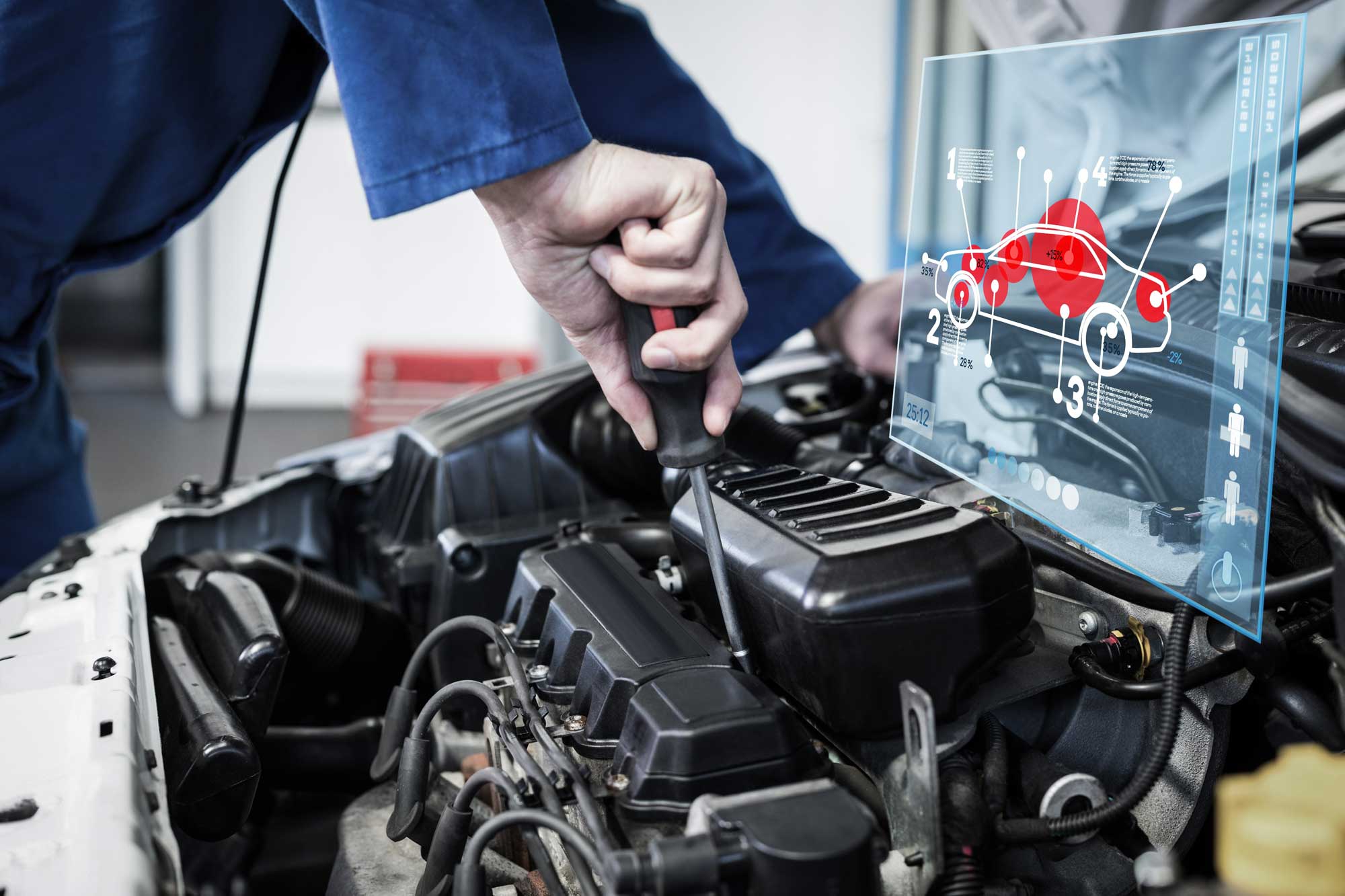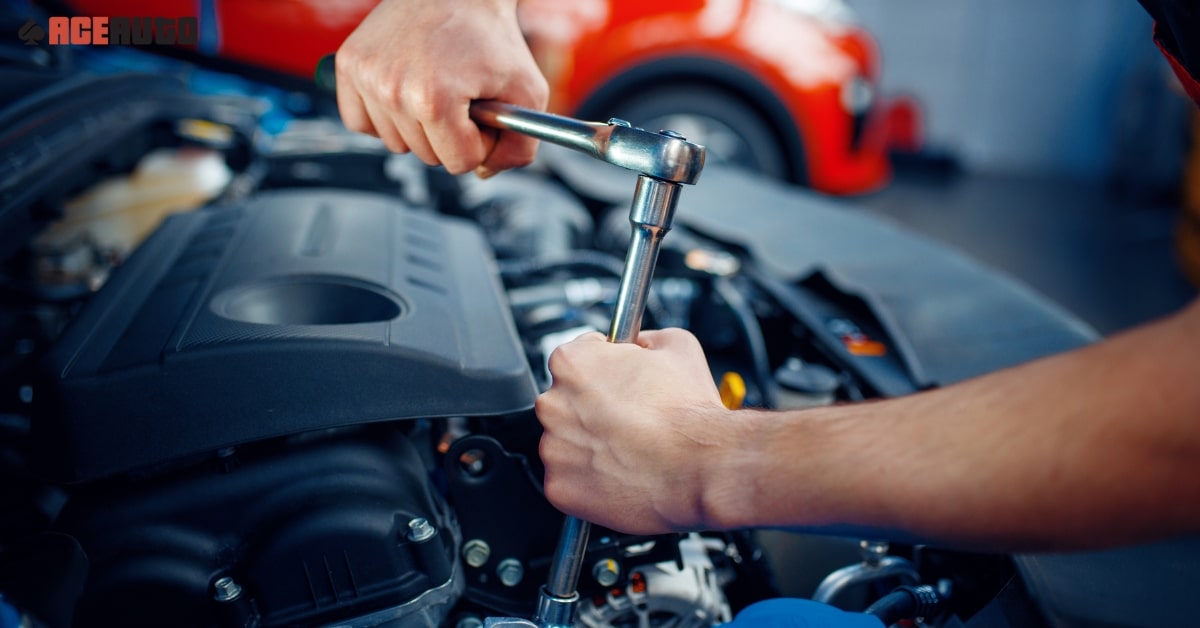Featured
When it involves vehicle repairs or upgrades, among the most important choices you'll deal with is whether to select Original Equipment Maker (OEM) parts or aftermarket components. Both choices supply distinct benefits and disadvantages, so recognizing the differences in between them is essential for making an educated decision. In this article, we'll discover the benefits and restrictions of OEM and aftermarket parts to help you decide which is best matched for your automobile.
What Are OEM Components? OEM parts are created by the exact same producer that made the initial parts in your automobile. These parts are designed to meet the precise specifications of your automobile, ensuring they are a specific fit and offer the same performance as the components that included the lorry when it was first constructed. OEM parts are usually considered the "factory requirement" due to the fact that they come straight from the car's maker or an accredited provider.

One of the main benefits of utilizing OEM parts is their guaranteed quality. Given that these components are made to the same criteria as the originals, they typically provide a perfect fit and reliable performance. Additionally, several OEM components feature a guarantee, providing you assurance that you'll be shielded in instance of flaws.
What Are Aftermarket Parts? Aftermarket components are made by third-party suppliers that are not connected with your lorry's initial producer. These components are developed to fit a wide array of lorries and are normally cheaper than OEM parts. Aftermarket parts can be made use of for routine repairs or upgrades, and they frequently use a more comprehensive series of choices compared to OEM parts.

Additionally, aftermarket components may give much better performance or added features not available in OEM choices. Aftermarket exhaust systems, brake pads, and suspension parts typically supply renovations in performance or aesthetics that might not be discovered in OEM parts.
Advantages of OEM Parts. Precision and Compatibility: OEM parts are designed particularly for your vehicle's make and version, guaranteeing they fit flawlessly and perform to the specific specs needed. Guarantee Insurance Coverage: Numerous OEM parts feature warranties, providing insurance coverage in situation of problems or early failure. Quality Assurance: Because OEM parts are made by the original producer, they undergo the very same rigorous quality assurance requirements as the parts installed in your vehicle when it was first built. Resale Worth: If you prepare to sell your automobile, having OEM components can assist maintain its resale worth, as prospective customers may be much more thinking about a vehicle that has been fixed with original components. Advantages of Aftermarket Components. Price Financial savings: Aftermarket parts are typically cheaper than OEM components, which can be a considerable benefit if you get on a spending plan or wish to conserve money on repair work. Selection and Personalization: Aftermarket parts supply a broader selection of alternatives, consisting of performance upgrades and visual enhancements. If you desire to raise horsepower or improve your auto's appearance, aftermarket alternatives can provide distinct options. Accessibility: Aftermarket components are commonly easier to discover than OEM parts, specifically for older vehicles that might no more have readily available OEM components. Efficiency Improvements: Some aftermarket parts are created with performance in mind, such as high-performance brakes, air filters, or exhaust systems. These components can improve your car's overall performance and driving experience. Drawbacks of OEM Components. Greater Price: The most considerable downside to OEM components is their expense. They are normally extra costly than aftermarket options, which can build up quickly if your car requires numerous repair work. Limited Personalization: OEM components are made to restore your automobile to its original requirements, implying they might not provide the exact same variety of modification choices as aftermarket parts. Availability Issues: Depending on the age of your automobile, certain OEM parts may be more challenging to discover or discontinued, making repair work much more hard. Negative Aspects of Aftermarket Components. Inconsistent High quality: While many aftermarket components are of premium quality, others may be inadequately made or lack the durability of OEM parts. It's important to look into the supplier and review reviews to make sure the quality of the component you're considering. Fitment Issues: Aftermarket components are designed to fit a variety of cars, yet they may not always offer the ideal fit that OEM parts assure. This can cause setup issues or suboptimal efficiency. No Guaranteed Guarantee: While some aftermarket components feature service warranties, they might not be as detailed or durable as those offered by OEM parts. In some instances, using aftermarket parts might also influence your lorry's service warranty insurance coverage if it's still energetic. Exactly how to Make a decision Between OEM and Aftermarket Parts. The decision between OEM and aftermarket components ultimately depends on your particular demands, preferences, and budget plan. Below are a couple of factors to consider to help lead your choice:
Spending plan: If saving money is a concern, aftermarket parts are normally the more inexpensive option. Be mindful that cheaper parts might not last as long as OEM components, which can result in greater prices down the roadway. Automobile Age and Problem: For newer automobiles, specifically those under warranty, it's usually an excellent idea to pick OEM parts to preserve the car's stability and maintain its resale worth. For older cars, aftermarket components might be extra practical, especially if the automobile is no more under service warranty or if you're attempting to extend its life-span with cost-effective solutions. Repair Service Type: Specific crucial repair work, specifically those pertaining to safety and security (brakes, air bags, and so on), are best managed with OEM parts to guarantee the greatest degree of safety and efficiency. For non-essential repairs or modifications, aftermarket parts can supply an excellent equilibrium of high quality and cost. Efficiency and Personalization: If you're seeking performance upgrades or one-of-a-kind modification choices, aftermarket parts might be the finest selection. Numerous aftermarket makers design components specifically for boosting your auto's abilities, whether it's for far better efficiency or appearances. Conclusion. Both OEM and aftermarket components have their pros and cons, and the finest selection depends on your particular requirements and priorities. OEM parts are perfect for preserving the original quality and performance of your automobile, while aftermarket components supply cost financial savings, personalization alternatives, and a wider range of alternatives.
Latest Posts
Contact Montclare Auto Repair for Expert Help - Reliable Service Awaits
Published Apr 19, 25
2 min read
Financial Security for Every Stage of Life
Published Apr 19, 25
1 min read
Change Your Home with High Quality Flooring Solutions
Published Apr 18, 25
1 min read